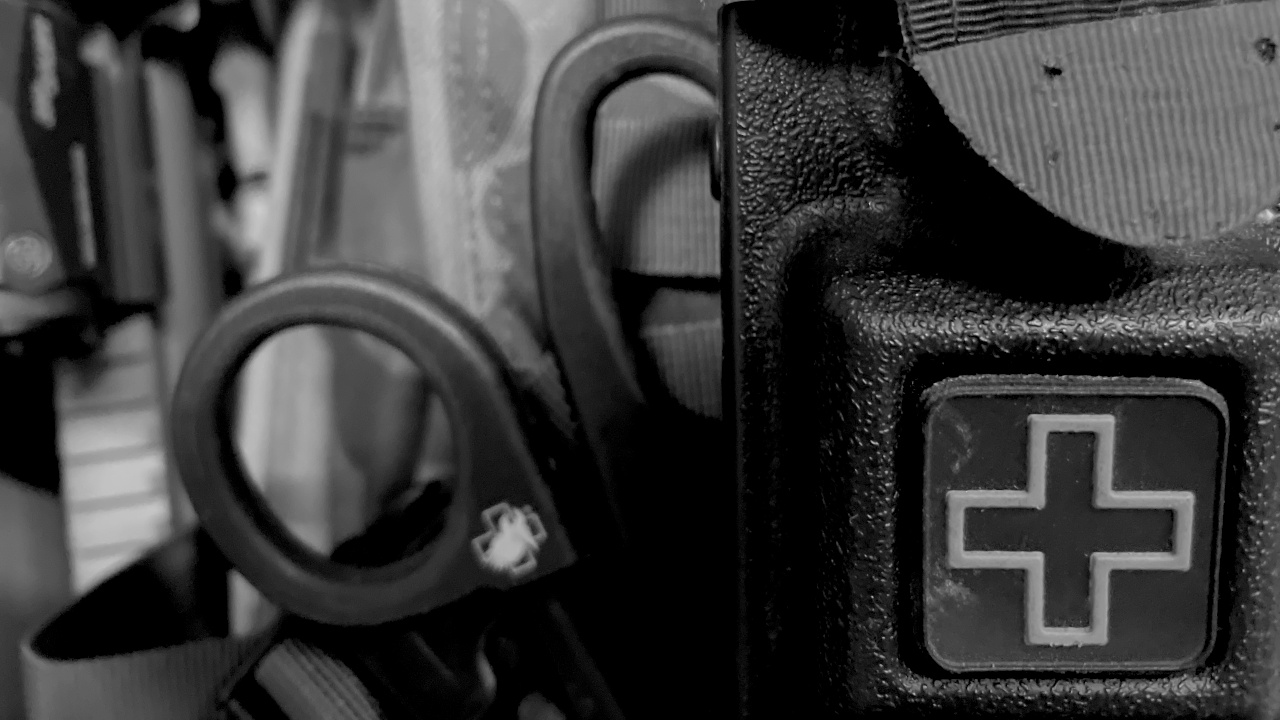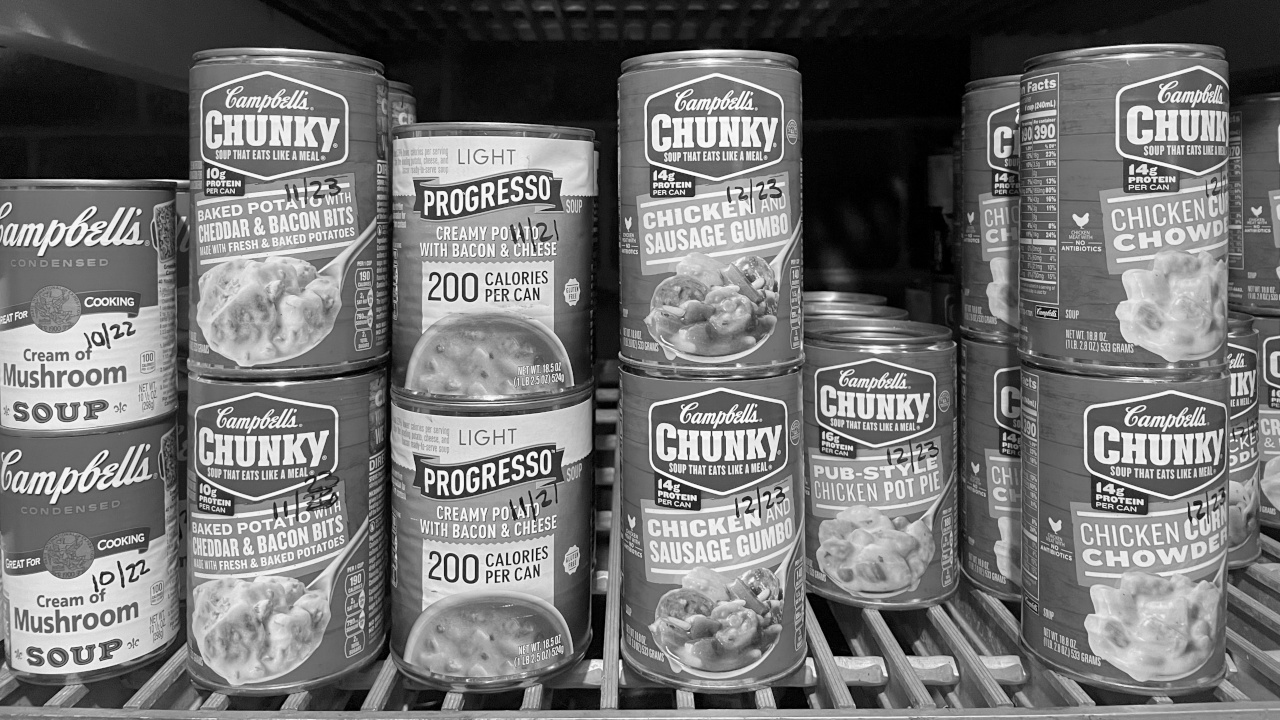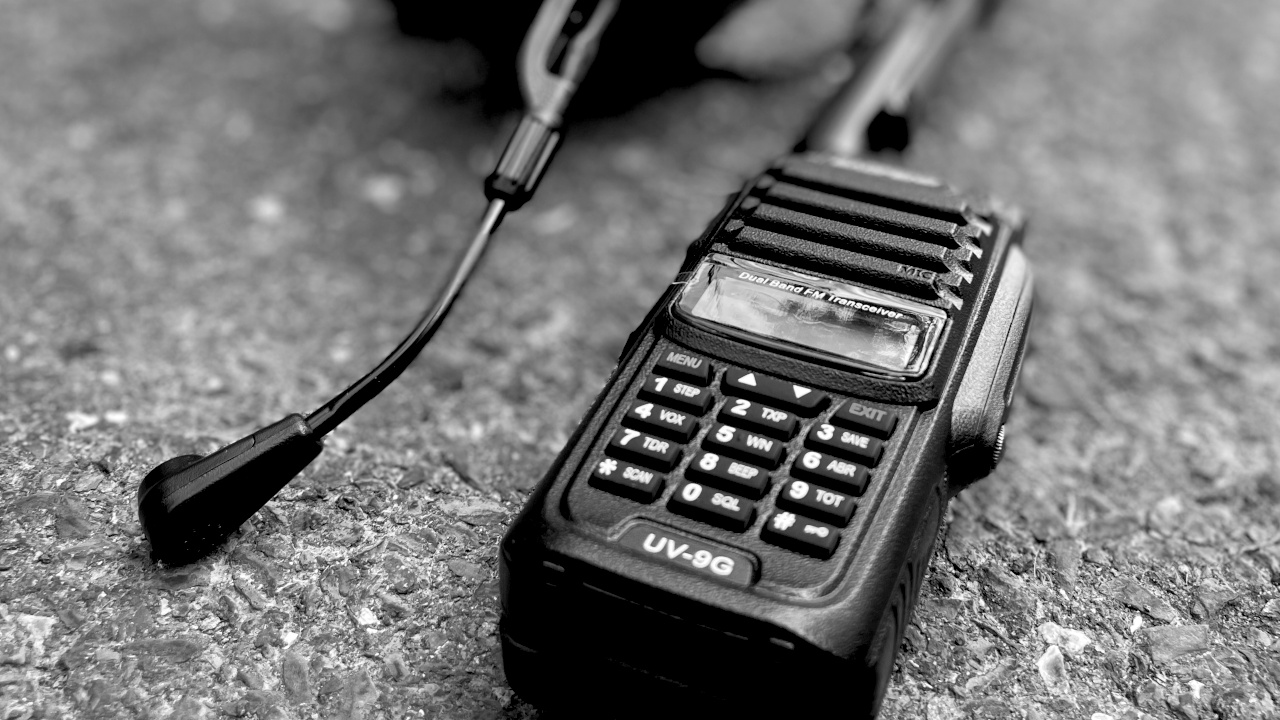GMRS vs. Ham Radio For Prepping
How’s it going, everybody? Welcome back. I’ve been working on a personal TOC down in my garage lately. A place to operate out of in case of an emergency. I’ve got my four-wheeler parked here, all my radio equipment, and even a mobile base station hooked up. I ran coax up through one of the unused flues in the chimney, mounted an antenna on the roof, and the reception I get from that setup has been excellent.
But today, I want to talk about something I’ve been asked before: why I don’t really promote ham radio on my channel and why I focus on GMRS instead.
Watch it here: https://www.youtube.com/watch?v=FLNtyb9s4Ug
The Barrier of Entry: Testing vs. Accessibility
Here’s the big difference. With ham radio, you have to study for and pass a test to get licensed. I’ve never taken it, but I’m sure I could study up and pass. The problem isn’t whether I could do it, it’s about whether the average person in a preparedness mindset has the time, energy, or interest to do it.
For many folks, especially people I talk to in the preparedness community, the path of least resistance is critical. When I say, “Hey, you need to study, take a test, pass it, then apply for a license,” a lot of people check out. Compare that with: “Go to the FCC website, pay $35, and boom, they’ll email you your GMRS call sign.” That’s a much easier sell.
GMRS as a Practical Emergency Tool
I’m not knocking ham at all. In fact, it’s an amazing hobby if you’re really into radios and want to unlock more frequencies, more powerful gear, and all kinds of cool opportunities. But when it comes to emergency preparedness, GMRS gets the job done without all the hurdles.
I’ve experienced this firsthand. During Hurricane Helen, I was in Tennessee searching for family, and later in North Carolina helping with recovery efforts. GMRS played a huge role in keeping communication flowing.
Here’s the other bonus: most GMRS radios can listen in on ham frequencies. That means you can still gather information from ham operators while maintaining communication with your own team or community. And in most well-prepared communities, odds are good you’ll have at least one ham operator in the group anyway. But for everyone else, GMRS is accessible, practical, and reliable.
Building Community Without Barriers
The truth is, life gets busy. I’ve got my YouTube channel, our cabin and homesteading projects, work, kids, school, the list goes on. I can’t realistically expect a single mom in our community to carve out time to study, test, and get a ham license just so she can talk during an emergency. That’s not laziness, it’s practicality.
That’s why my circle has agreed to make GMRS our primary method of communication. It lowers the barrier for new people joining the group, and it ensures that we can train and practice legally on repeaters without stepping on anyone’s toes.
For the Radio Enthusiasts
Now, let me be clear: if you love radios and you catch the bug, I absolutely encourage you to go for your ham license. It’ll open up a whole new world, different radios, more frequencies, more powerful options. It’s an awesome hobby.
But for prepping? For teaching others? For making sure your community is on the same page when it really matters? GMRS is the way to go.
What’s Next
One thing we don’t talk about enough is how to communicate. Not the gear, not the gadgets and gizmos, but the actual language and discipline of radio communication. I’ve got an upcoming video planned where I’ll dive into some real-world Army training (31 Charlie style) for radio operation. Things like the phonetic alphabet, call signs, how to structure a message, and what kind of words to use during an emergency.
That’s where GMRS shines: you can start training immediately, without needing everyone to pass a test first.
Final Thoughts
So, that’s where I stand on ham vs. GMRS. Ham radio is incredible if you’ve got the time and interest. But when it comes to practical, everyday emergency preparedness, GMRS wins because it’s simple, accessible to everyone, and effective.
Thanks for reading, and we’ll be talking again soon.




